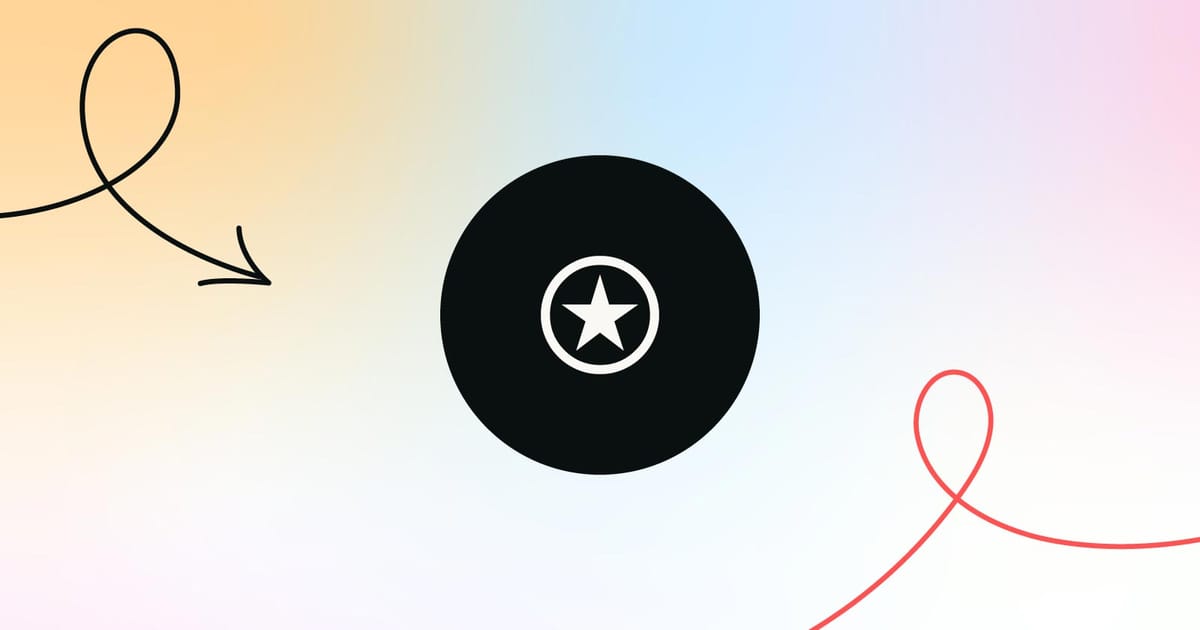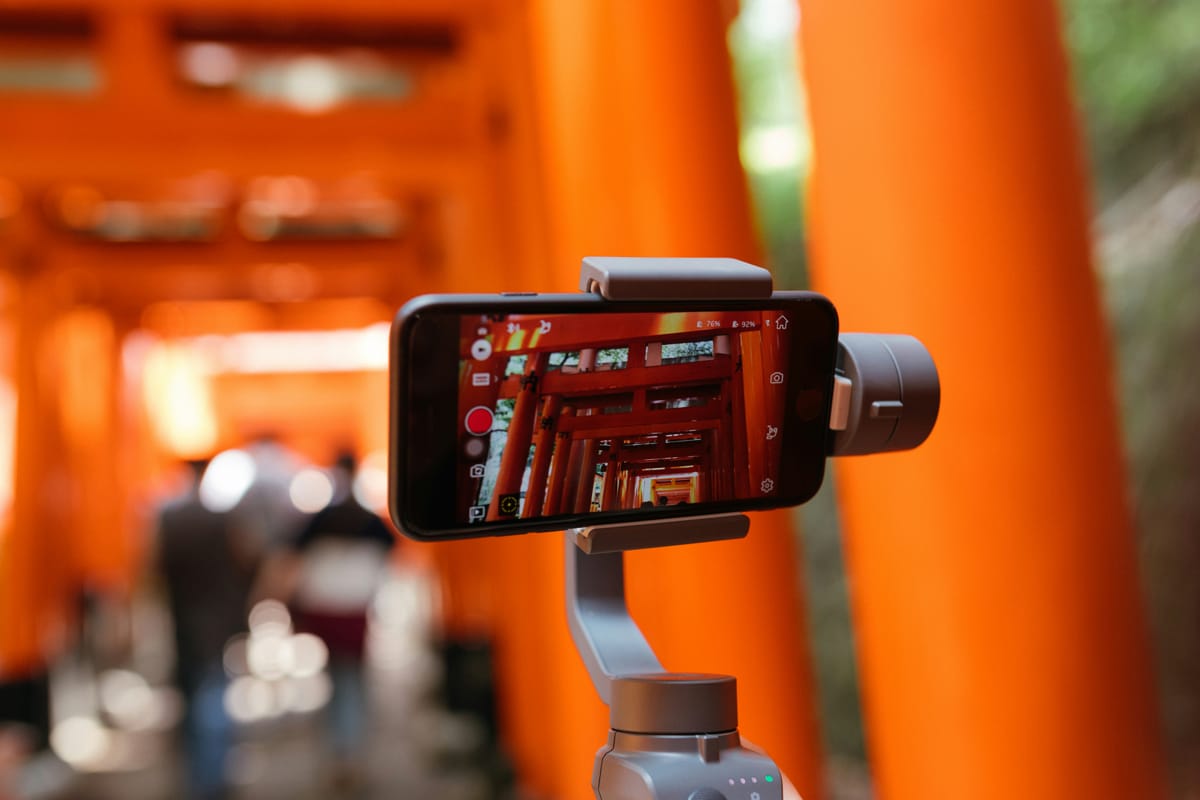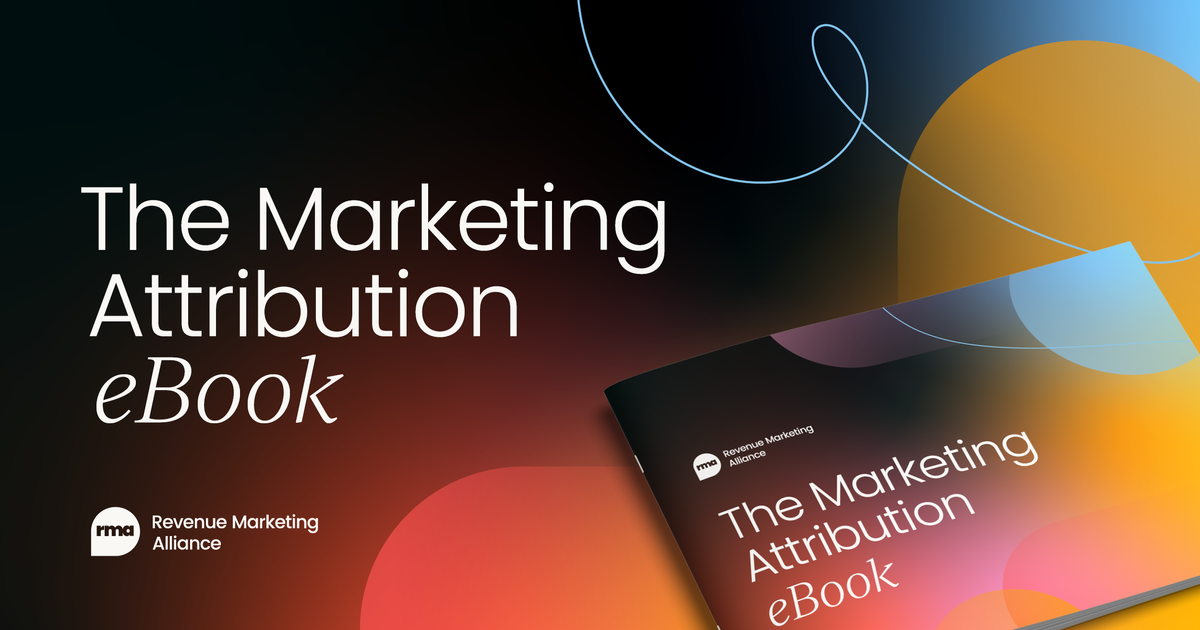Influencer marketing is expected to exceed $24 billion by the end of 2024. If you’re an influencer wanting to stand out in such a competitive market, then it's about time to create a media kit.
You may ask – what is a media kit?
Well, it's your social media performance’s digital portfolio!
It should look something like this:
It should contain key stats, brand partnerships, audience insights, and unique selling points. Ah yes! A visually appealing package should do you a favor.
What does it do?
No matter whether you are a micro-influencer, nano-influencer, macro-influencer, or a mega-influencer, having a media kit will be a good help. With a media kit, you provide potential brand partners with a clear snapshot of why you, as an influencer, are the perfect match for their campaign. It will also spare them from having to dig around for information.
Moreover, HubSpot reports that there are 500,000 active influencers on Instagram alone, and 31% of social media users discover new products through influencers.
So, why not use this media kit to stand out amidst the growing competition?
In this post, we’ll explore five major tips that can help you start securing brand partnerships.
Let’s start!
#1. Highlight key metrics that matter to brands
Brands are data-driven, and you should be too!
Focus on metrics that highlight your value as you go beyond the usual follower count and engagement rate.
Rather, boast your media kit with metrics like average reach, impressions per post, click-through rates, and even the demographics of your audience.
Here are some of the key data you can include:
- Showcase engagement metrics: Include stats like engagement rate per platform (likes, comments, shares), click-through rates, and average impressions. Represent these metrics in a visually appealing way, like using bar charts to make these numbers pop.
- Demographic breakdown: Do you think you are reaching the audience your clients cater to? If so, highlight insights from your social platforms and provide a breakdown of your audience's age, location, gender, and interests.
- Create a visual overview of your top content performance: Highlight your top-performing posts by reach and engagement. Add a brief note like “Highest engagement post: 15% above average engagement rate.” This way, prospective brands will be able to see the type of content you post and check whether it resonates with their audience.

#2. Feature previous collaborations with proof of success
Have you had a successful collaboration in the past?
If so, highlight them here in your media kit so that prospective brands can see that you’ve been influential in your previous partnerships.
A great way to do this is by using mini case studies that highlight your role and the outcomes of each campaign.
For example, if you worked with a SaaS firm that specializes in inventory management software, mention in your media how your campaign increased their product inquiries by 30%. Or did it drive a significant boost in website traffic?
Use tangible data and visuals like screenshots you used in B2B social media marketing where you display high-engagement posts or client testimonials praising your impact.
Add visuals or screenshots of Instagram posts and Stories to testify to high engagement.
Again, add client testimonials if they have provided any.
For this tip, you can take the following actions:
- Create mini case studies: For each collaboration, include 2-3 bullet points outlining the campaign objective, your approach, and the results. For example, if you helped a fitness brand increase its product sales, a mini-case study might look like this:
- Objective: Boost awareness for XYZ Fitness Gear among a younger, health-conscious audience.
- Approach: Developed a three-part Instagram Story campaign showing how their fitness gear is useful for different workouts.
- Result: The efforts translated to a 25% increase in Instagram followers for the brand while driving 15% higher product inquiries compared to the brand’s previous campaigns.
- Include screenshots of campaign results: Your media kit should include screenshots of posts with high engagement rates, spikes in web traffic, or even DMs with followers asking about the featured product.
- Highlight positive feedback: If you have testimonials or shoutouts from brands you’ve partnered with, add them to build a certain credibility.

#3. Create a section for your content styles and formats
Brands want to know what kind of content they can expect if they choose to collaborate with you. So, address their query proactively by including a dedicated section in your media kit for your content styles and formats.
It will clearly show your creativity and adaptability. This part of your media kit will also show what you specialize in—reels, long-form YouTube videos, product unboxing posts, and more.
Outline the types of content you create and highlight each format with a screenshot or thumbnail. If you can create multiple content types (e.g., Instagram Reels and YouTube tutorials), add a brief description of your unique approach to each.
Consider the following actions for creating content style and format section in your
- Add thumbnails for each format: Create separate subsections like “Instagram Stories,” “TikTok Reels,” etc., and add a screenshot of your best content. Just a quick visual snapshot goes a long way.
- List the typical length & style: Mention if your content is usually short (15-30 seconds) or long (3-5 minutes). Describe it in simple terms like “Short and fun, focusing on product highlights” or “Detailed walkthroughs for a better understanding.”
- Show your ‘signature’ content: Do you have a particular format you’re known for, like product unboxings or lifestyle montages? Call it and give a brief description.
#4. Highlight audience trust with authenticity metrics
We all know there are ways and hacks to bring a larger share of followers on social media platforms. But what’s game-changing is how you can show that your audience trusts you.
This is where you’ll highlight the authenticity of the audience you gain and interact with. It shows that followers are not bought for the numbers but rather indulge in conversations and participate in posts, such as polls, comments, etc.
So, when you create your media kit, include metrics that highlight audience trust. These can be high comment-to-like ratios, consistent engagement, and positive follower feedback.

Take the following actions in this case:
- Use engagement metrics to show authenticity: Your media kit should boast an average comment-to-like ratio for your top posts. A high ratio indicates that your followers are genuinely interested, not just passively scrolling.
- Highlight positive sentiment: If your followers frequently share positive comments, save a few as testimonials in your media kit. The gold ones are those where they mention, “I bought this product because of your recommendation!”
- Include case studies with engagement metrics: Have you run brand campaigns where followers engaged more than average? If yes, you’d mention numbers like “20% higher than my average,” “had 50+ followers tagging their friends,” etc.
#5. Show potential collaboration idea
Before you collaborate with a brand, show them that you understand their business and are not partnering just as a deal. Instead, show that you show them how genuinely interested you are to help them unlock their marketing goals.
But how can you show this in an influencer kit?
Add concepts like themed campaigns, content series, or unique engagement strategies—whatever fits well with the brand image. You can also share mock-ups or sketches that are accessible for the brand to picture.
These are a few actionable steps to highlight your collaboration ideas in the media kit.
- Create a few mock campaign ideas: Pick 2-3 brands you want to work with and outline a brief idea for each. For example, “For XYZ Skincare, I’d do a morning skincare routine series with your new products to show how they fit into daily self-care.”
- Visualize with sample content: Try adding a sample Instagram post or Story that can bring your idea to life. Even if the content isn't polished, make sure it is good enough to share a visual reference.
- Include a content plan: Write a short plan for a week-long campaign: “Day 1: Product Teaser Post, Day 2: IG Story on How I Use It, Day 3: IG Live Q&A.” Providing such content up front shows that you’ve thought about a full campaign rather than just one-off posts.
Wrapping it up
This piece sets you up for creating a solid influencer media kit. Ultimately, it's about how well you come across your client at first. How you present yourself early shows how committed you will be to your partnerships.
Cover the basics we mentioned here, and you’ll be fine. Don’t overlook the data part. And yes, keep it visually engaging, focused on a singular idea, and provide real-world connections with which the brands can associate.
Get your free copy of the Marketing Attribution ebook to get insights and actionable tips from revenue marketers who've been there and done that – and to always know where your traffic and revenue are coming from.




 Follow us on LinkedIn
Follow us on LinkedIn






